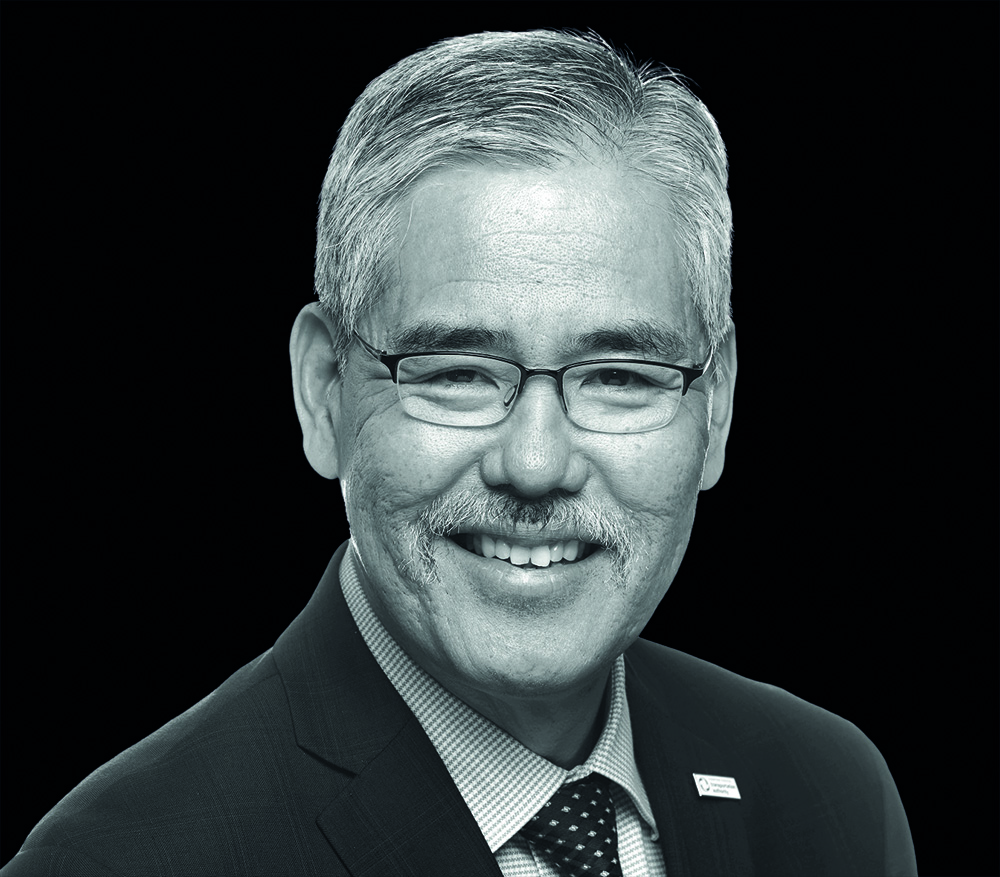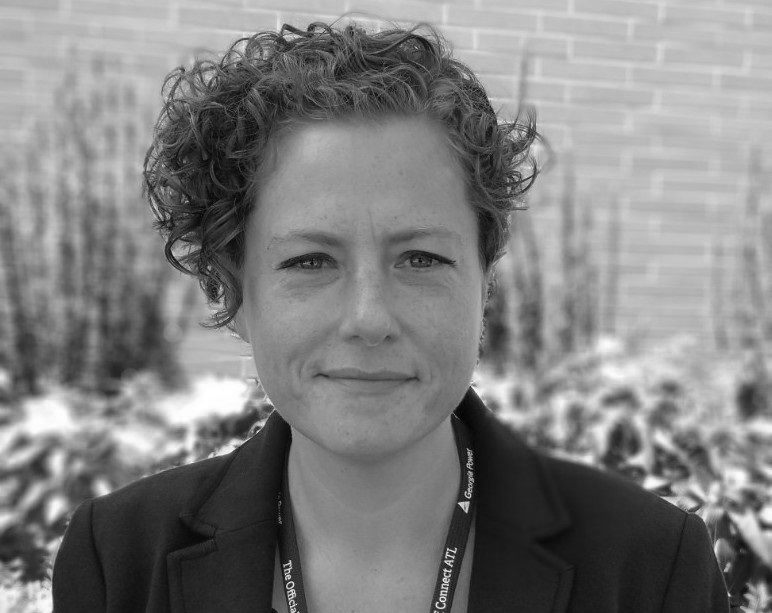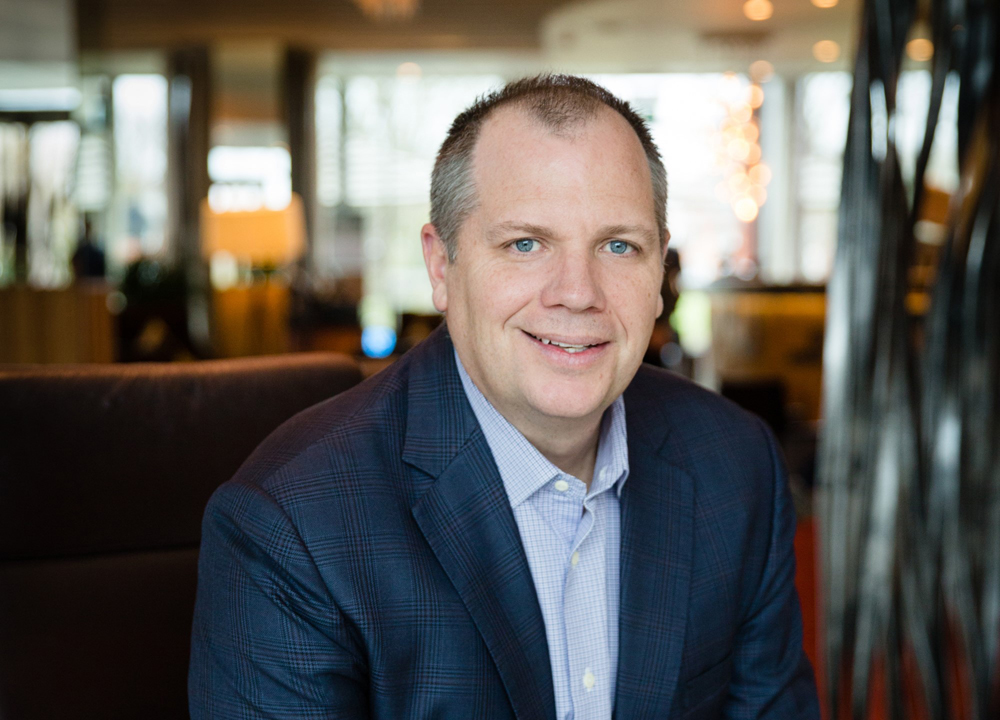
Any debate about the future of mobility needs to make the distinction between transport philosophy and transport technology. “There’s no chance of getting the technology right, until we have a philosophical purpose that we agree upon,” says Peter Norton, associate professor of history in the Department of Engineering and Society at the University of Virginia. “And this evokes one of my fears, which is that the technology itself is mistaken for the answer. The technology is what we need to find the answer - but we have to know what the right question is.”
Norton is interested in how car dependency has taken such a hold on societies, and in how this affects the transportation choices we make now. His book Autonorama (subtitled ‘The illusory promise of high-tech driving’) looks back to the 1920s and highlights the words of Charles Kettering, head of research at General Motors: “Keep the consumer dissatisfied.”
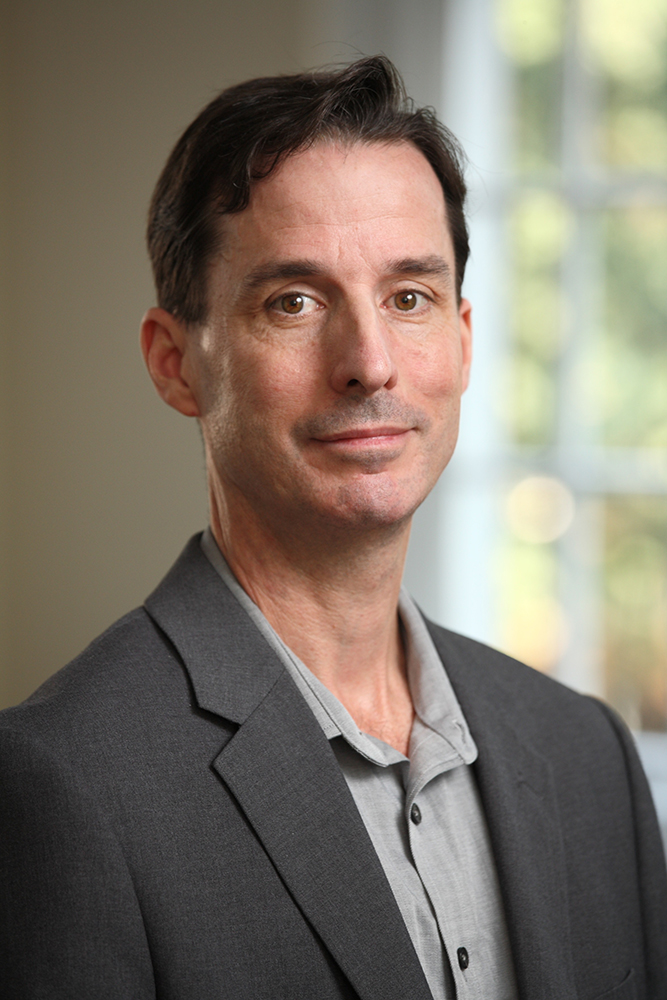
It’s a powerful concept, the idea that a great new alternative is always just out of reach. “I think we have been living with that philosophy ever since,” says Norton. “I think if you’re in the business of selling, there is a need to keep the consumer dissatisfied, lest the consumer no longer need to buy anything. This is why [in the book] I invoked the example of the Charlie Chaplin movie The Kid, where their business model is to break windows so that you can always have new windows to mend; and I think we’re living in that kind of a world. And what makes it work is that you can always promise something bigger.”
There is, he thinks, too much emphasis on technology as a means to preserve old 20th century models of urban transport. “Particularly where the hype is most focused, it appears to be around preserving car dependency,” Norton says. “Just as cigarette filters were intended on preserving cigarette addiction. And in both cases, I think that’s a dangerous distraction.”
Having said that, he believes new technology can do “wonderful things”, not least in restoring choice. His piece for IBTTA on road user charging (‘Better mobility through freedom of choice’, ITS International March/April 2022) suggested letting toll payers choose how five or 10 cents of each toll dollar was spent – for instance, on active travel measures and infrastructure.
“[This] has the possibility of serving a philosophy of transport that is more sustainable, inclusive and affordable,” he says. “To me it’s fascinating that a toll is still interpreted in the US as a demand specifically for driving. But how can you know? Because there’s no alternatives; therefore, should not the toll actually be committed to giving people choices? Technology can be profoundly beneficial if we recognise what transport really is. There’s a difference between a commodity - like metal ores, for example - and a resource. And I think in the 20th century, we shifted from thinking of transport as a resource to thinking of transport as a commodity. The gas tax in the US was a big part of this because it commodifies the road: it says you’re paying this money for this, that’s a demand we will make, and we will offer you a supply and return for that demand.”
He makes a comparison with the historical deforestation of North America when timber was thought of purely as a commodity for building and so on. That was arrested by a change in thinking which created a new way of looking at forests: timber needed to be seen as a resource rather than a commodity.
“And that mentality shifted everything,” he points out. “Well, if we had a resource mentality about transport, the technology could enable that. One of the biggest practical obstacles has been that there is no way to charge each user for the cost of their use. But the technology is making that possible: and as it makes it possible, it becomes much more feasible.”
Transport was seen as a resource in the US a century ago, he says. “It was regulated. The electric street railway had to agree to a long list of conditions in return for the right to operate. Those included an affordable fare, [and] serving unprofitable routes as well as profitable routes, and so on. And that was a reflection of the fact that they then thought of transport as a resource. The people who wanted to sell us car dependency had to overcome that.”
GM used the metaphor of ‘new horizons’ in part to enable the manufacturer to sell new automobiles to customers whose existing one worked perfectly well. “I think there’s a contrast between sufficiency, which is what sustainability requires, and perfection, which is this unreachable future,” says Norton. “The horizon metaphor is very much still with us. Every time you hear a company saying: ‘We will deliver X by 2026 or by 2035’ - that’s a horizon and it suggests between now and then our dissatisfaction with the current situation will keep us striving. And that striving equals consumption.”
While there is no simple path away from this, he argues that a first step would be to frame the future as one where we have more - not fewer - choices. “In most of America, driving is a practical necessity every day for most people – and that’s an environment without choice,” Norton reasons. “Often that is misrepresented as the product of choice, but of course we have no idea what people prefer unless they have good alternatives to choose from.”
Even when there are good alternatives, “it remains difficult once we’ve inherited a mental model in which driving is normal and expected”.
It wasn’t always like this: cars, once upon a time, were looked on as something that you would use just for leisure, or to pick up a shipment at the railroad station. “It was extremely common to take the streetcar every day to work but have a car that you used for Sunday drives,” he says. For automakers, this was no good – so in comes Charles Kettering again. “His answer was to help people imagine a future in which the car is for every single purpose,” Norton says.
GM’s Futurama exhibit at the 1939 New York World’s Fair foresaw a network of highways – populated, of course, with automobiles. “[It] was a deliberate effort to depict a future that’s so attractive that people who had been thinking of the car as a special-purpose tool will start to think of it as the tool of the future, the solution of the future,” Norton says.
“And I think we can learn from that if we can depict attractive futures - futures with attractive choices where people are enjoying their unoccupied time on transit to read or to do some work that they couldn’t do in a car. In fact, we are seeing this technique applied lavishly to sell autonomous vehicle futures; we’re not seeing it used so much to depict transit and active mobility futures, although there are exceptions.”
He mentions Clarence Eckerson’s Streetfilms – short videos about active travel that are popular on social media – and points out: “The millions of views those attract suggest that this is a possible technique and it’s already to some degree in practice.”
Just as Norton says its vital to make a distinction between technology and philosophy of transport - “you can’t skip the philosophy part and go straight to the technology part; that would be like if a physician skipped the diagnosis and went straight to the prescription, which would be disaster” – he believes it’s important to make a distinction between a solution and a tool.
“A solution tends to absolve us of the responsibility of doing something because the solution is doing it for us; while a tool is something that empowers us and actually elevates our responsibility, and also elevates our autonomy because the tool user first chooses the job, and then they choose the tool for the job,” he explains. “The smart highways trend in the ‘90s, particularly in the US, sold itself as solutions. And I think it needed to stop and ask itself: ‘Well, what are the problems that we are interested in and what are the tools for those jobs?’ It seemed to be the height of absurdity to work so hard on platooning cars on highways, only to then have them enter the city and be, if anything, a worse problem than before because now a larger volume of cars is entering the city.”
This is history repeating, he sighs. “American highway engineers said: ‘If you want to relieve congestion in cities, put expressways through them’; and then of course, something like a third of the fabric of the city had to be ripped out just to park the cars.”
However, he says, technology can be extremely beneficial if we recognise it as a tool, and if we begin by asking what philosophy we are pursuing. “If we can have that reversal where we ask ourselves: ‘what do we want’ and then ask ‘what technology, what tools we need for that job’, one of the first answers would be to reverse the transport triangle,” he says.
“So right at the top is the automobile, and we know it’s at the top because that’s where the public resources go. And then at the very bottom is walkability - a reversal of the triangle of a century ago when automobiles first flooded American city streets. The right of the pedestrian to walk was regarded as essential and everything else had to work around that. If we can reverse the triangle as we did a century ago, we can reverse it back. And in fact, we can use some of the same techniques.”
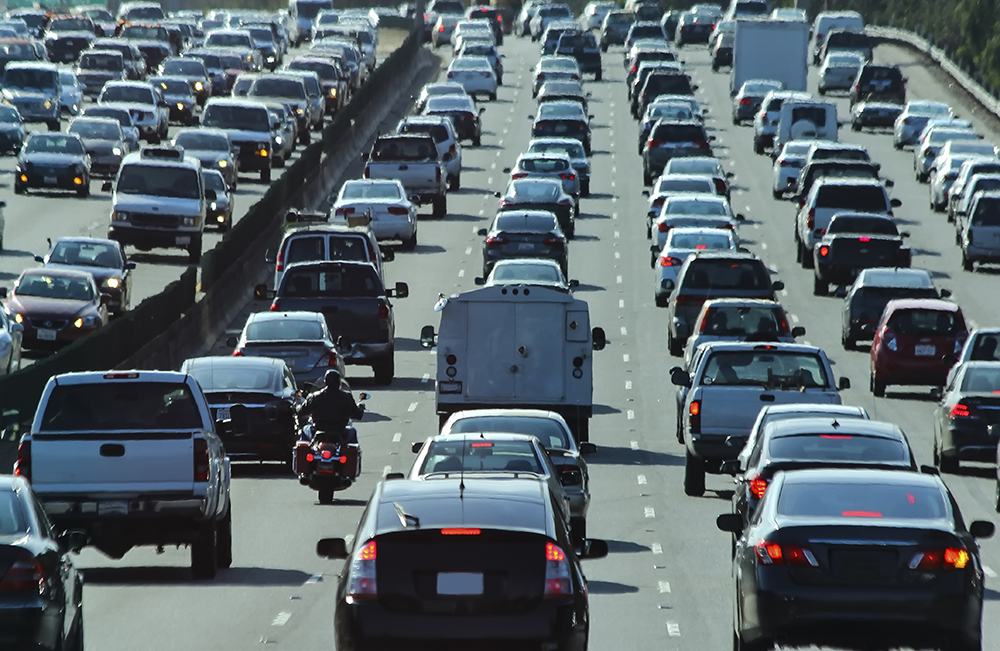
Essentially, in November 1922 – exactly 100 years ago – automakers and their allies set out what needed to happen for the auto industry to reverse the triangle so they could sell more cars. Norton simplifies the approach but it boiled down to the need to change three things: laws, engineering standards, and social norms. “Which is very interesting because that’s what we’re up against now,” he smiles.
It wouldn’t work to just switch one of these, you needed to work simultaneously to change all three. “If you try to switch any one of those alone, the other two will kill it,” Norton insists. “You have to push on all three and you can get the change that you need. And this, incidentally, was later corroborated in public health efforts – like, for example, anti-smoking campaigns - where you don’t just work on informing people about the dangers, you also work on enabling people by helping them to see: ‘Oh, I have choices or I have self-control that I didn’t know I had or I have resources that can help me’.”
What’s also required, he thinks, is to redefine how we describe ‘innovation’.
“Innovation has been redefined as confined to that high-tech end of the spectrum,” Norton says. “You know, on the electromagnetic spectrum we have the visible light segment, which is like that much [he signals a small fraction] of the whole spectrum. So if you’re an astronomer and you only look at the visible light part you’re going to miss most of what’s out in our universe. Well, the same thing is true in innovation, I think. If we look only at this high-tech segment, we are missing so much more. And we can combine bits from different bands of that socio-technical spectrum and have real innovation instead of just this tiny, truncated innovation we have now.”
He points to the Netherlands: “It is the most engineered country in the world. They’re not afraid of technology - about 30% of the country would be underwater except for technology. And yet at the same time, they’re completely comfortable with the low-tech end of the spectrum, where they recognise, for example, that a mechanical bicycle - even without any electrical assist - is an essential part of daily mobility in that country.”
Change is possible. But we need a vision of the future where car travel is not the only option – and where technology is not simply serving technology’s ends. And that requires us to understand exactly what we want transport to be. Peter Norton is asking all the right questions, and that has rarely felt so timely.




